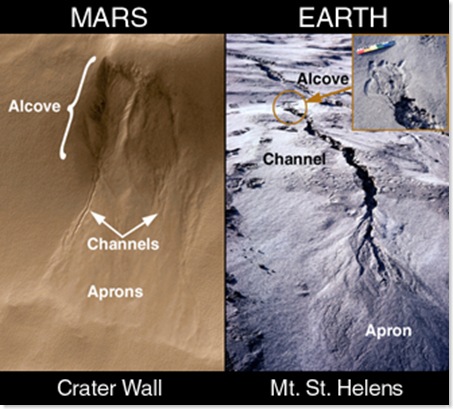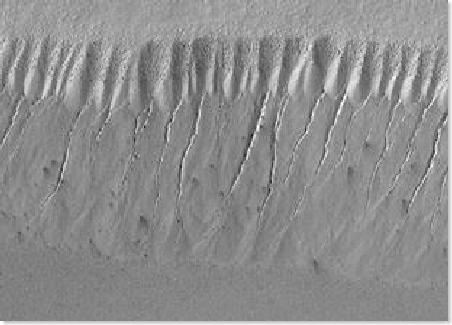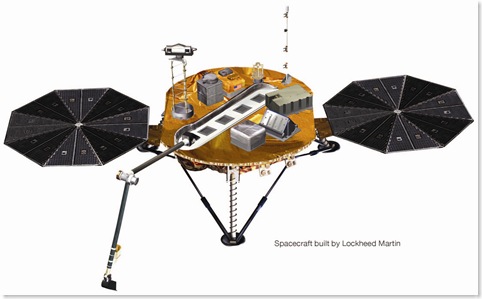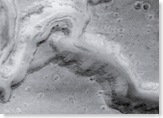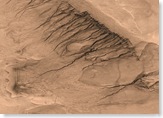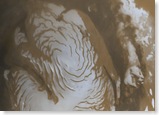So where did the water on Mars go? The water that made all these channels and gullies and so on and so forth. Sounds like there used to be quite a bit of it. There certainly isn’t an amount of ice at the poles that would account for all the water that has flowed on the planet. So what happened to it?
There has been a lot of press lately about evidence of water discovered on Mars. nearly every month this year something has developed in the gathering of water evidence on Mars for scientists to say it definitely existed.
This isn’t really a new story though. This link to NASA’s web site talks about the Mars Global Surveyor finding evidence of water on Mars. This was in June 2000.
What’s good about this link is that it offers an explanation as to what happened to the water that once made these gullies on Mars.
The atmospheric pressure at the surface of Mars is about 100 times less than it is at sea level on Earth. This lower pressure allows the liquid water to boil, violently and intensely. The gullies formed from the rapid outflow of water from the interior, creating these chasms before the water boiled off. The outflow of water and debris from inside Mars must have occurred repeatedly, over and over.
There is an oddity to the gullies. They are found in the coldest regions of Mars, not quite where one would expect to find them.
The water on Mars is believed to be about a quarter of a mile below the surface. Certainly reachable by humans, as some mines are Earth reach down a mile underground. This means human explorers to Mars could access the water for drinking, for creating breathable air, and for extracting oxygen and hydrogen for energy.
Okay, so now I have another question. If the water boiled off, where did the hydrogen and oxygen go? Mars atmosphere is thinner than the atmosphere on Earth.
Oh well. One answer satisfies for now. I thought it was a very interesting answer too.
